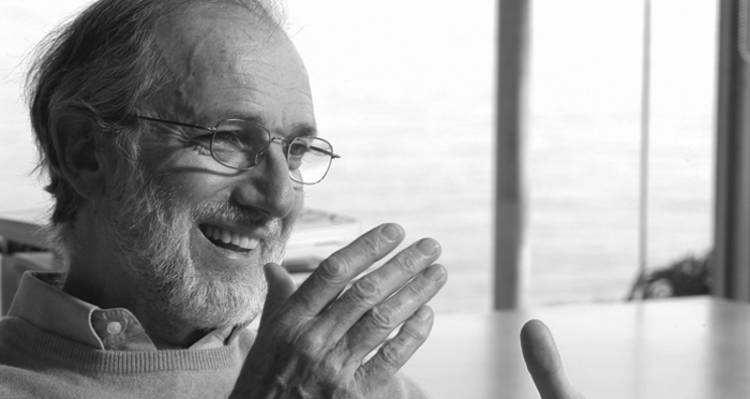


Following the 6.2 magnitude earthquake [2] that devastated Central Italy on August 24, Prime Minister Matteo Renzi [3] called on Renzo Piano [4]—a Pritzker Prize [5]-winning Italian architect appointed senator for life [6] by the Italian president in 2013—to make the country’s cities more resilient from future seismic activity.
The quake completely destroyed the town of Amatrice, leaving behind massive piles of rubble. It also caused severe damage to other medieval towns, including Accumoli and Pescare del Tronto, killing nearly 300 people and displacing thousands of residents.
Unfortunately, towns scattered throughout the Apennine Mountains [7], which extends along the length of peninsular Italy, are familiar with such desolation. An extremely seismically active range, the last tremor of such great magnitude was less than a decade ago in 2009 in the town of L’Aquila [8], which killed over 300 and displaced about 65,000.
Such seismic areas desperately need a major overhaul of its architecture and as a result of the latest catastrophe Renzi initiated “Casa Italia [9],” a long-term project for natural disaster risk prevention. He named Piano chief advisor to the program, who will help establish effective measures for anti-earthquake safety. As part of this initiative, on September 29, Piano presented to Senate ten prototype anti-seismic houses to be built along the Apennines.
While standard rules for construction techniques already exist under the antiseismic law of 1974, they are poorly enforced. Though they were made more stringent after the 2009 quake in L’Aquila, the court of Rieti discovered that many of the buildings affected by the Central Italy quake were not constructed according to the law. Many blame the mafia, who often obtain building permits and fake anti-seismic measures.
Fortunately, Piano is an experienced architect in seismic zones. In 1994, he designed the Kansai International Airport Terminal [10] in Osaka, Japan, which suffered zero damage from the 6.9 magnitude earthquake [11] that struck the region a year later.
According to the Architectural Record [12], he has devoted his parliamentary salary to G124, the independent research group he established as part of his senatorial work. The group, named after his office in the Palazzo Giustiniani, will now shift their focus to earthquake resiliency.
Piano stresses that in order for Casa Italia to be successful, the government has to first scientifically (rather than subjectively) identify Italy’s most vulnerable areas through a series of diagnostics. Then he will develop an assortment of structural prototypes in order to create a variety of buildings.
For his long-term resiliency strategy, he will apply the unobtrusive construction techniques that he conducted in 1979 for the UNESCO [13]-backed Otranto Urban Regeneration Workshop [14]. Such techniques reinforced structures without forcing people to leave their homes and also reduced costs.
Source URL: http://ftp.iitaly.org/magazine/focus/facts-stories/article/renzo-piano-improve-italys-earthquake-resilience
Links
[1] http://ftp.iitaly.org/files/rpianojpg
[2] https://en.wikipedia.org/wiki/2016_Central_Italy_earthquake
[3] http://www.thefamouspeople.com/profiles/matteo-renzi-6885.php
[4] http://www.architecturaldigest.com/gallery/renzo-piano-best-building/all
[5] http://www.pritzkerprize.com
[6] https://en.wikipedia.org/wiki/Senator_for_life
[7] https://www.britannica.com/place/Apennine-Range
[8] http://archive.boston.com/bigpicture/2009/04/the_laquila_earthquake.html
[9] http://www.italy24.ilsole24ore.com/art/business-and-economy/2016-09-06/pm-matteo-renzi-gets-10-year-anti-seismic-plancasa-italia-on-its-feet-135938.php?uuid=ADdSNuFB
[10] http://www.rpbw.com/project/35/kansai-international-airport-terminal/
[11] https://en.wikipedia.org/wiki/Great_Hanshin_earthquake
[12] http://www.architecturalrecord.com
[13] http://en.unesco.org
[14] http://www.rpbw.com/project/15/otranto-urban-regeneration-workshop/